Switzerland’s postcards tell only part of the story. Sure, the Matterhorn draws crowds, and Jungfraujoch packs tourists into cable cars, but the real magic happens in forgotten valleys where morning mist clings to granite peaks and alpine lakes reflect ancient pine forests. These aren’t the Switzerland you see in travel brochures—they’re better.
Most visitors stick to the famous spots, which means countless pristine corners remain wonderfully empty. Mountain villages where time stopped decades ago, thermal springs hidden in limestone gorges, and hiking trails that lead to viewpoints locals have kept to themselves for generations. Here’s a list of 16 secret places where Switzerland’s alpine regions reveal their most authentic character.
Verzasca Valley
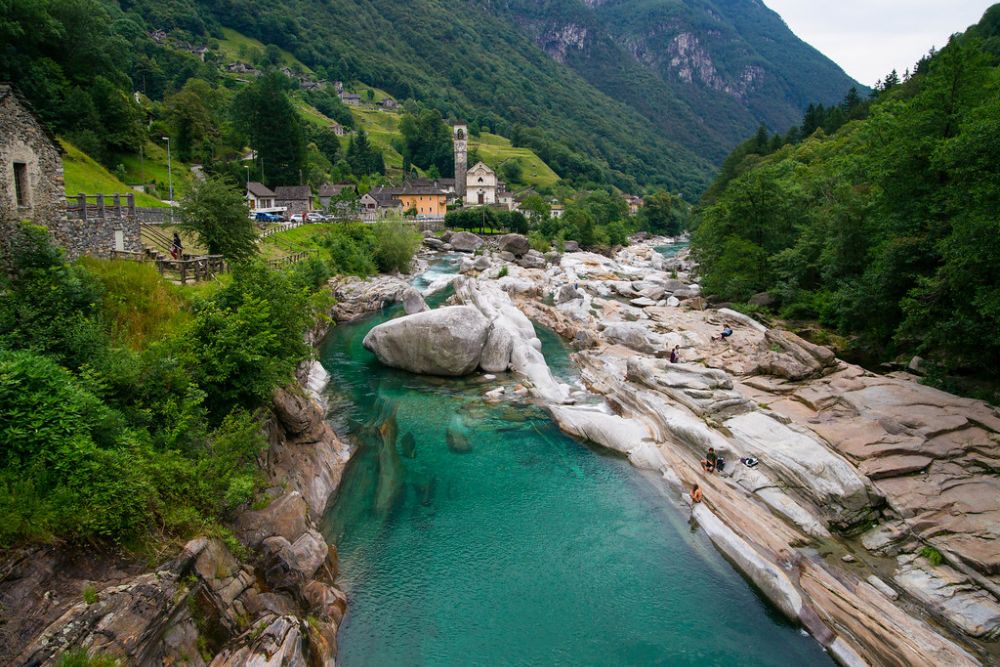
Clear water runs through this Ticino valley with such transparency that the famous Roman bridge seems to float mid-air. Granite boulders create swimming holes where you can see straight to the bottom—though the water stays shockingly cold even in July.
Stone villages like Lavertezzo haven’t changed much since medieval times, despite brief Hollywood fame when a certain secret agent took a memorable leap from the dam.
Lake Oeschinen
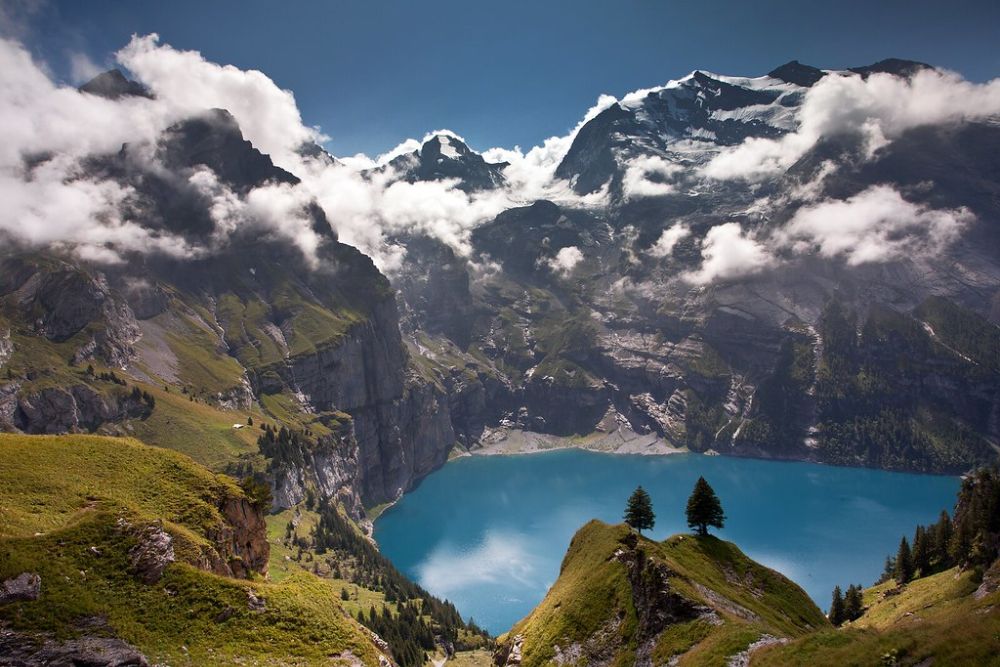
Most people ride the cable car to Oeschinen Station, take selfies, and then head back down without walking the extra mile to the actual lake. Their loss entirely. This alpine gem sits in a natural amphitheater where limestone cliffs shoot up 5,000 feet from the water’s edge, creating reflections so perfect they look computer-generated.
The hiking trail isn’t difficult, but it filters out the casual tourists effectively
Like Travel Pug’s content? Follow us on MSN.
Aletsch Forest
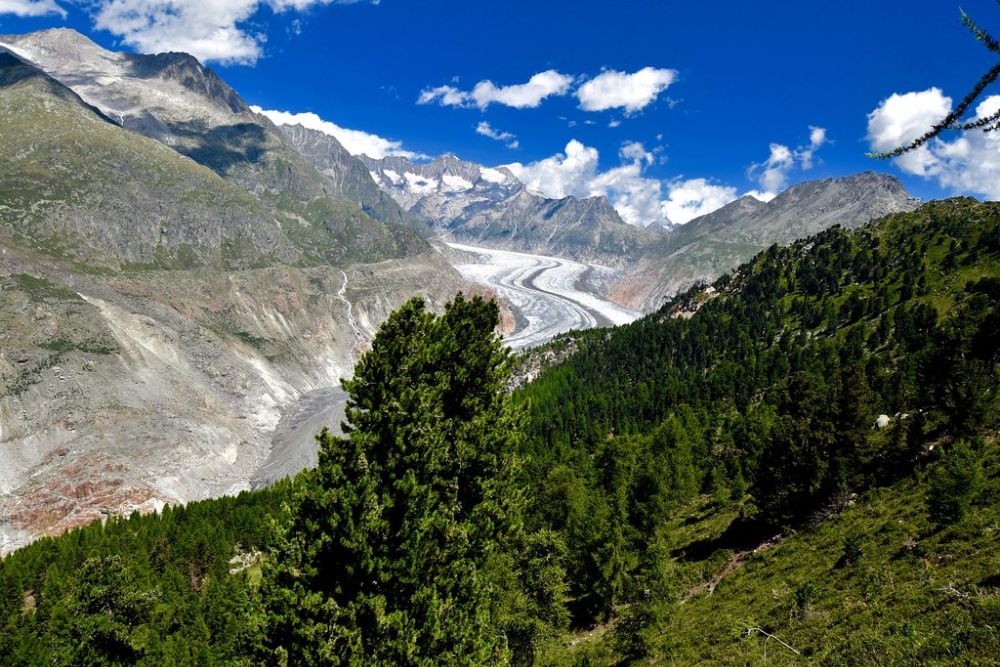
Stone pines nearly 1,000 years old grow on slopes overlooking Europe’s longest glacier, their twisted trunks telling stories of centuries of weathering alpine storms. The forest feels ancient in ways that make you walk more quietly, while the Aletsch Glacier stretches 14 miles below like a frozen river heading toward the Rhône Valley.
This UNESCO site protects both the trees and the glacier, though climate change means future visitors might see very different landscapes.
Lauterbrunnen’s Hidden Falls
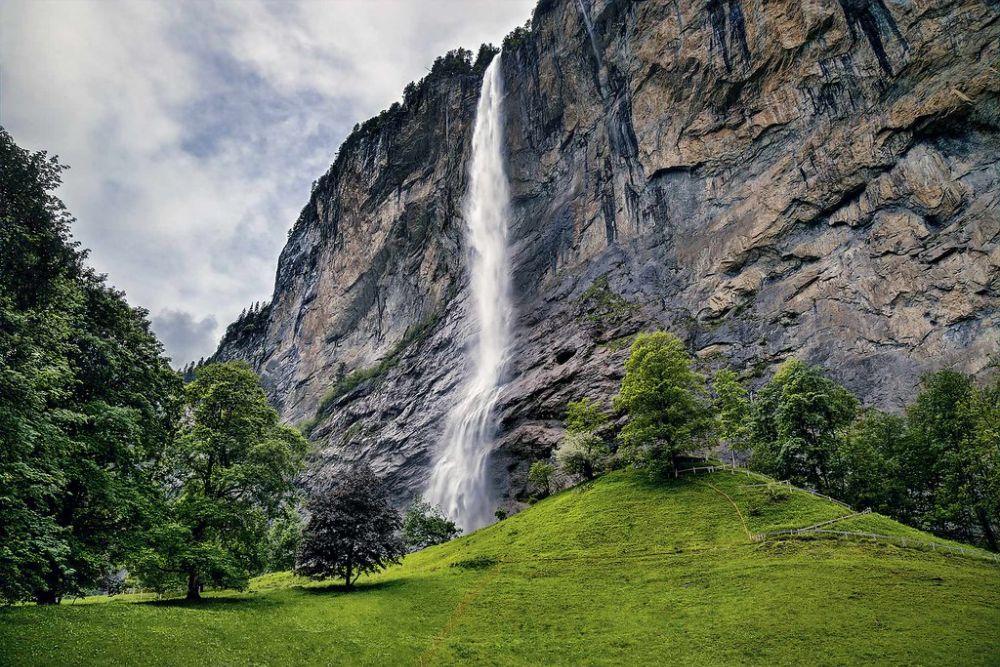
Everyone knows Staubbach Falls, but this valley hides over 70 waterfalls cascading from cliffs that rise 1,000 feet on both sides. Trümmelbach Falls tunnels through solid rock, letting you walk behind thundering water that carved these chambers over millennia.
The lesser-known Mürrenbach Falls rewards a short hike from Gimmelwald with a private amphitheater where water drops 400 feet into an emerald pool that stays icy year-round.
Tamina Gorge
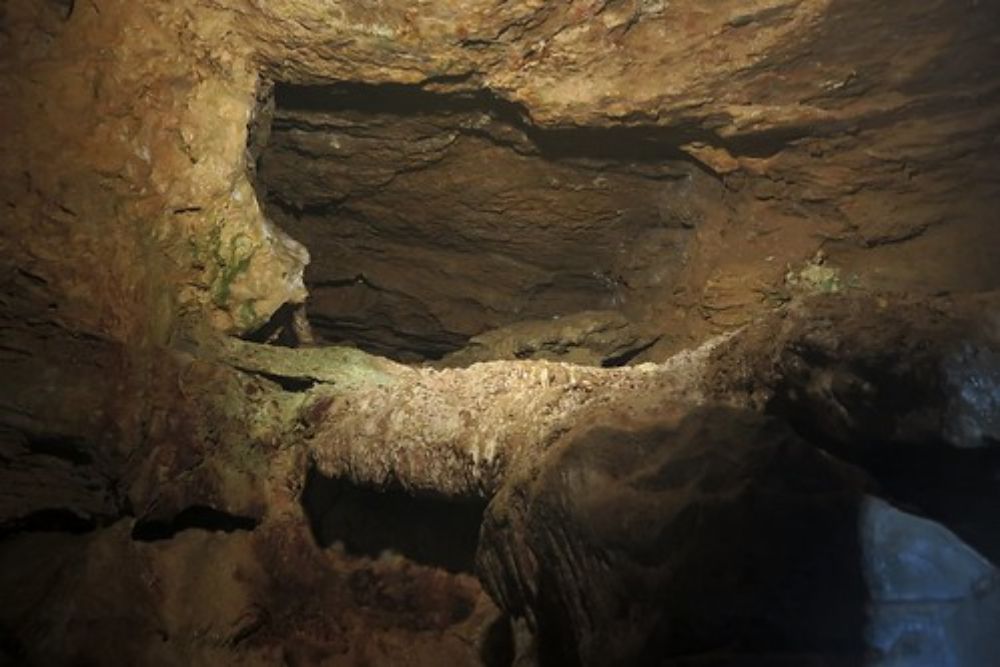
Romans discovered thermal springs in this narrow canyon, though they probably didn’t have access to the sleek spa facilities that tap the same 98-degree water today. The gorge barely stretches six feet wide while towering 200 feet overhead, creating echoes that make every footstep sound dramatic.
Walking the original path reveals why ancient peoples considered this place magical—hot springs emerging from solid rock still seem like geological miracles.
Like Travel Pug’s content? Follow us on MSN.
Appenzell Countryside
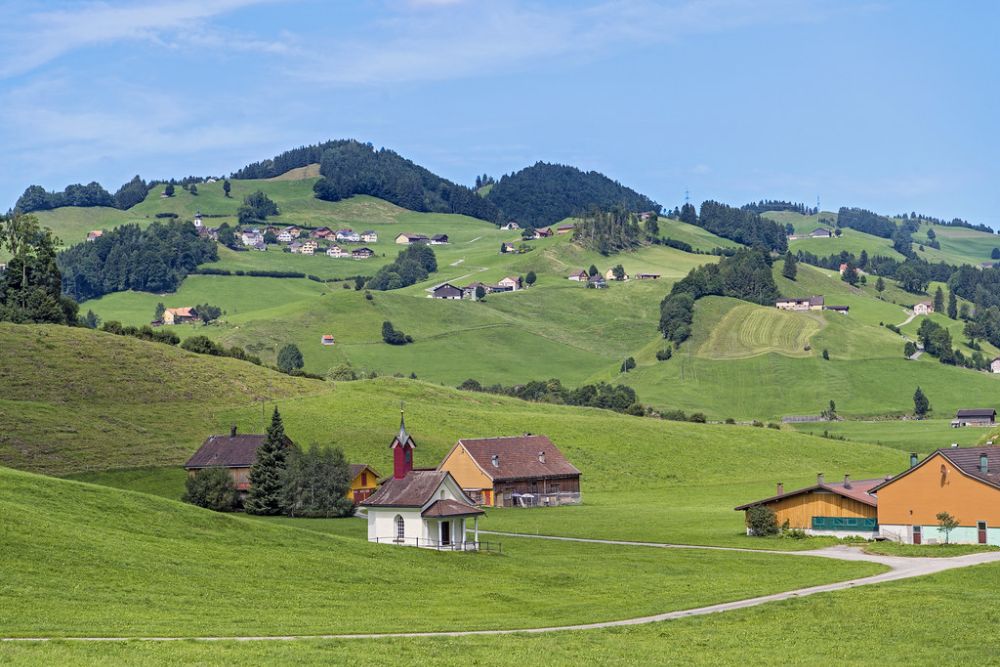
Rolling hills dotted with hand-painted chalets create pastoral scenes that tourism somehow overlooked. No major peaks dominate the skyline here, just green meadows where cows wear actual bells and villages where residents still gather outdoors for direct democracy sessions.
Folk art decorates traditional farmhouses with intricate designs passed down through generations, while hiking trails connect communities that feel authentically Swiss rather than tourist-ready.
Melchsee-Frutt

Swimming in an alpine lake at 6,000 feet elevation sounds crazy until you experience the crystal-clear water reflecting the surrounding peaks. Cable cars reach this plateau quickly, but most visitors continue toward more famous destinations, leaving behind an almost private mountain paradise.
The lake stays surprisingly swimmable through summer months, though early-season dips require serious cold-water commitment.
Vals Thermal Baths
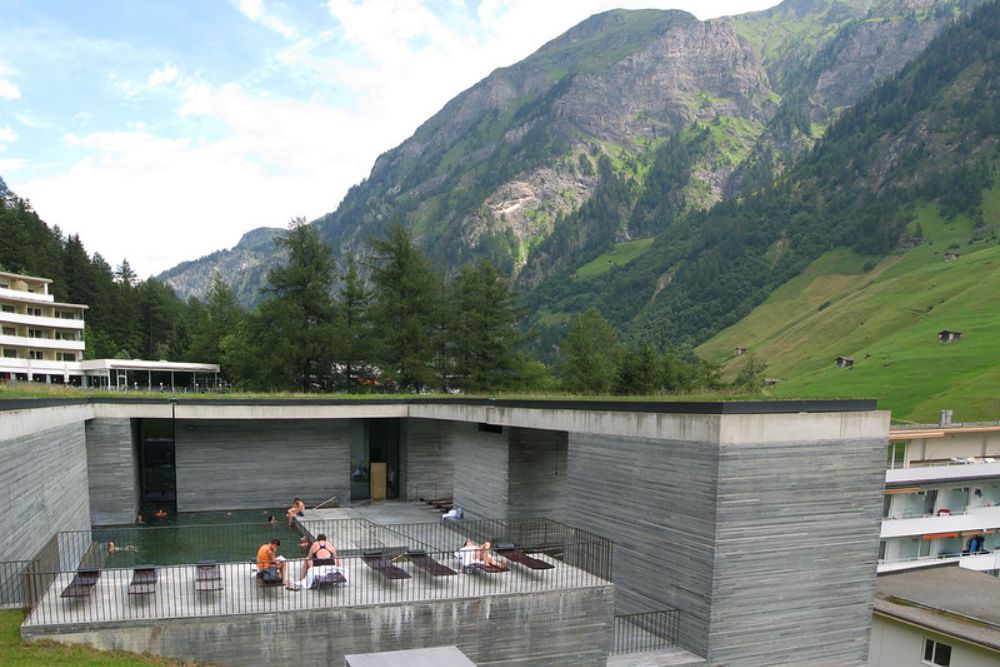
Architect Peter Zumthor carved these minimalist baths directly into the mountainside, creating spaces that feel more like meditation chambers than typical spas. The building integrates so seamlessly with the landscape that it appears nearly invisible from most angles.
Interior chambers use only local stone and carefully placed openings that filter natural light, while 86-degree thermal water flows from springs that have run for thousands of years.
Like Travel Pug’s content? Follow us on MSN.
Rhine Falls Secret Spots

Tour buses crowd the main viewing platforms at Europe’s most powerful waterfall, but several hidden vantage points offer equally spectacular views without the crowds. Medieval Laufen Castle provides elevated perspectives across the entire 500-foot-wide cascade, while downstream hikes reveal riverside pools where massive water volume creates weather patterns.
Local fishermen know spots where you can stand yards from the thundering main channel—though they don’t advertise these locations.
Gotthard Pass Historical Route
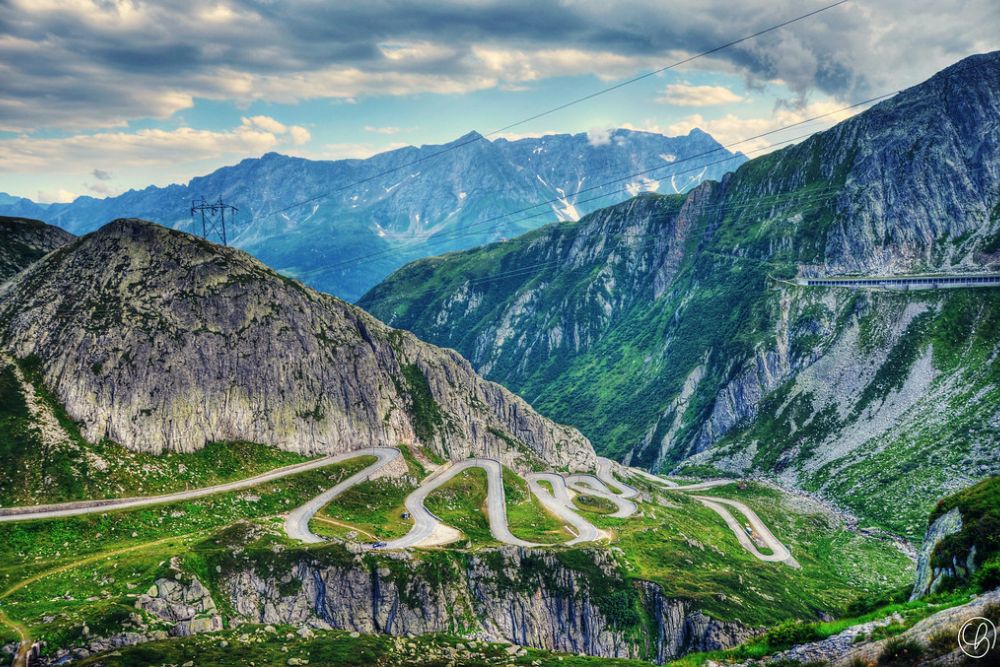
The original cobblestone road winds through landscapes where European history unfolded at a walking pace, unlike modern highway tunnels that rush travelers through in minutes. This historic route climbs openly across exposed heights where the weather changes constantly, and views stretch across multiple countries.
Stone bridges and ancient hospices dot the path, connecting modern hikers with medieval travelers who crossed these same windswept ridges carrying considerably more anxiety about weather and bandits.
Bernina Express Hidden Stations
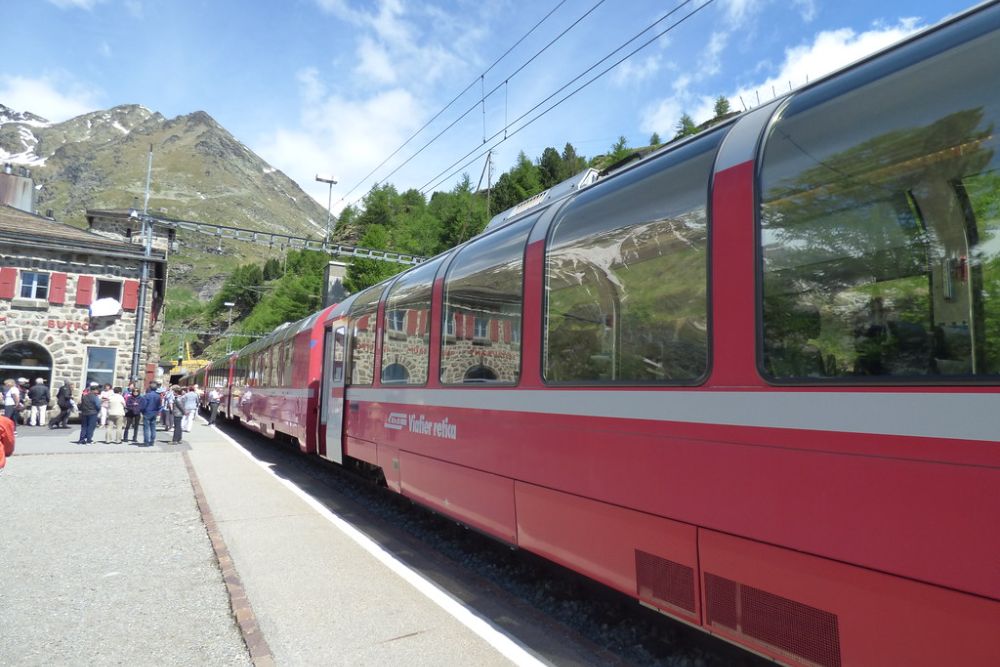
Small stops along this famous railway provide access to pristine alpine valleys that see fractions of the crowds compared to St. Moritz or other terminus destinations. Morteratsch station offers direct glacier access without tour groups, while Bernina Diavolezza opens onto high-altitude hiking that most train passengers never discover.
These intermediate stops showcase the dramatic landscape changes that make the journey legendary, while avoiding tourist bottlenecks.
Like Travel Pug’s content? Follow us on MSN.
Engadin Valley Side Valleys
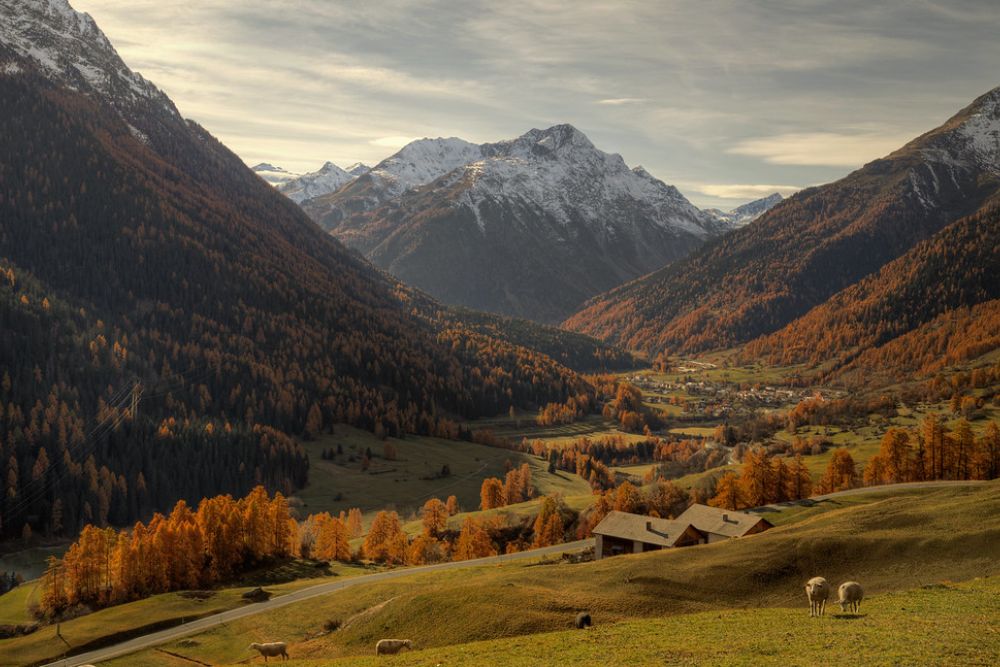
Beyond St. Moritz’s luxury hotels and glittering lakes, narrow valleys branch into wilderness areas that development never touched. Val Fex stretches for miles without a single road, accessible only by horse-drawn carriage or on foot through landscapes that inspired countless artists to attempt the impossible task of capturing alpine light on canvas.
These tributary valleys maintain Engadin’s characteristic spaciousness while offering a complete escape from commercialized areas.
Chasseral Observatory
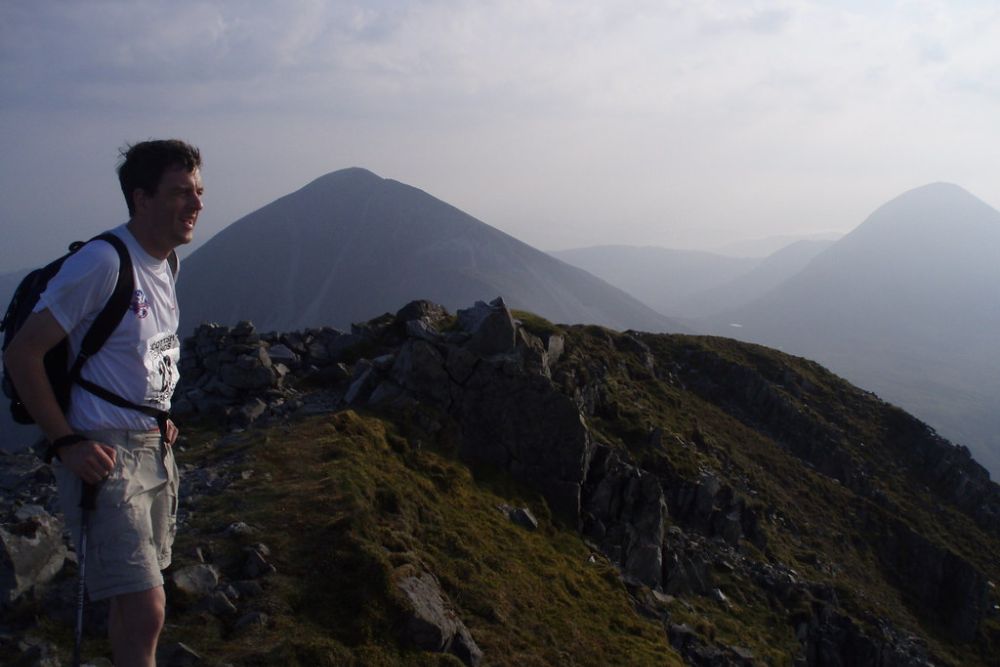
This Jura peak provides Switzerland’s clearest night skies, drawing astronomers and anyone else who appreciates cosmic perspective. Daylight hours offer panoramic views stretching from the Black Forest to Mont Blanc on clear days, encompassing nearly Switzerland’s entire width in one sweeping glance.
The region’s pastoral character and minimal light pollution create conditions increasingly rare in central Europe, making stargazing feel almost anachronistic in the best possible way.
Ticino Wine Terraces
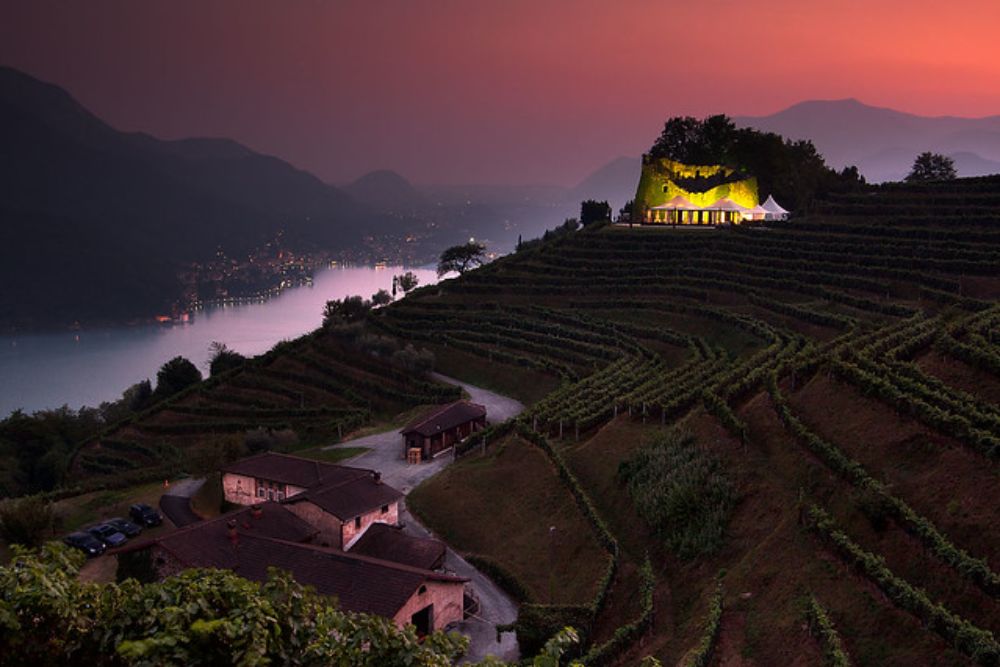
Steep vineyard terraces carved into mountainsides above Lake Lugano create Mediterranean landscapes that feel transported from Italy—which makes geographical sense, given Italy’s proximity across the water. Ancient stone walls support vines producing wines unique to these specific microclimates, while hiking trails wind between terraces offering lake views toward the Italian Alps.
Swiss precision combines with Italian warmth here, creating cultural blends found nowhere else, plus surprisingly good wines that rarely travel beyond local restaurants.
Like Travel Pug’s content? Follow us on MSN.
Zermatt’s Eastern Valleys

While crowds gather around the Matterhorn’s famous north face, the mountain’s eastern approaches remain surprisingly quiet despite offering equally dramatic perspectives. Gornera Gorge cuts deep into the landscape just minutes from Zermatt’s center, while trails toward Monte Rosa provide massive peak views without the Matterhorn circus atmosphere.
These eastern valleys showcase the same geological drama that made Zermatt famous while maintaining authentic mountain character.
Säntis Weather Station
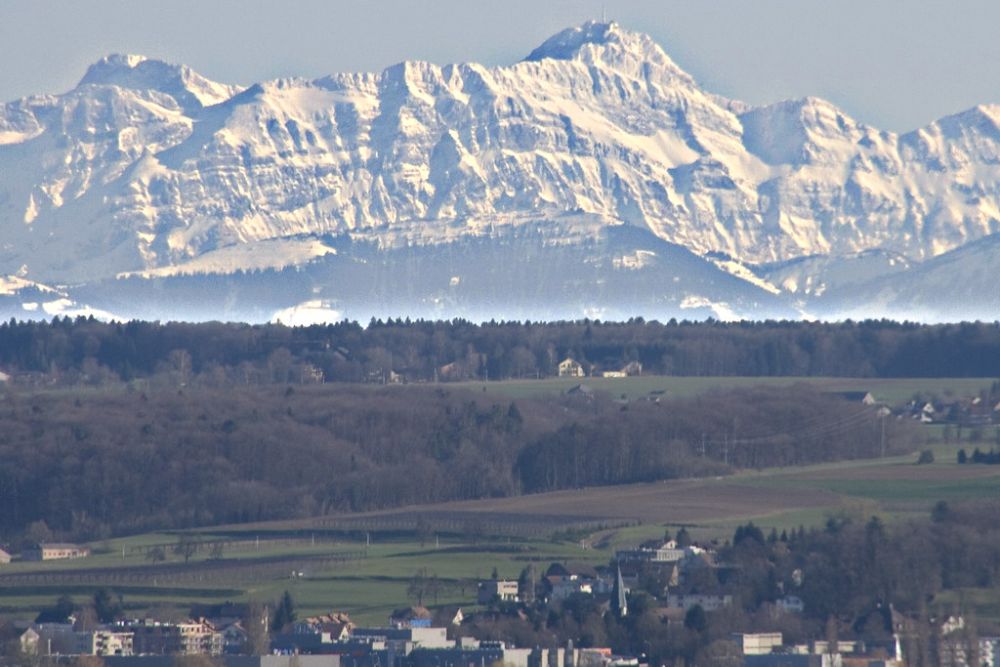
At 8,200 feet, this northeastern peak hosts Switzerland’s highest weather monitoring station while providing access to alpine environments that casual visitors rarely experience. Cable cars reach within hiking distance of the summit, though most tourists stop at intermediate stations, leaving the highest elevations to serious mountain enthusiasts.
The weather station offers tours explaining how Switzerland monitors atmospheric conditions that shape its alpine climate, but the real draw involves standing above clouds on clear days.
Preserving Alpine Secrets
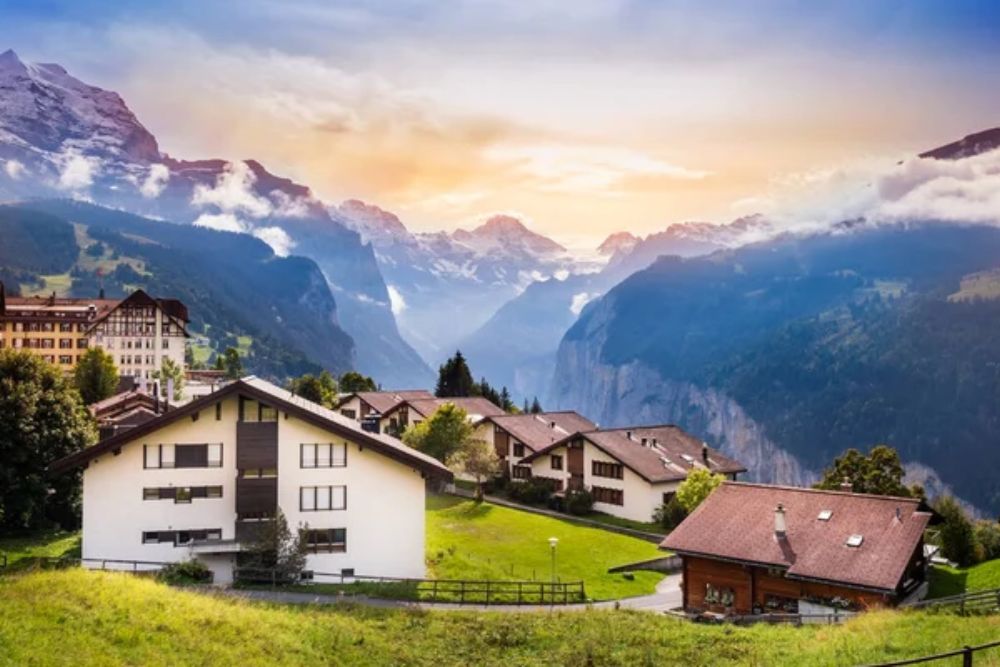
These hidden locations demonstrate how Switzerland balances preservation with access, maintaining wild spaces within one of Europe’s most developed countries. Each forgotten valley, remote peak, and pristine lake represents a commitment to protecting natural heritage while allowing determined visitors to experience landscapes that have inspired travelers for centuries.
The country’s alpine regions continue revealing secrets to those willing to venture beyond obvious destinations, ensuring Switzerland’s mountains retain their power to surprise even in our thoroughly mapped world.
More from Travel Pug

- 20 Best Beach Towns in the Carolinas
- 13 Destinations Where Tourists Regularly Regret Their Trip
- 20 Things You Actually Get in First Class
- 20 Small Airports With Aviation Museums
- 20 Places in the U.S. That Are Perfect for a Reset Trip
Like Travel Pug’s content? Follow us on MSN.
